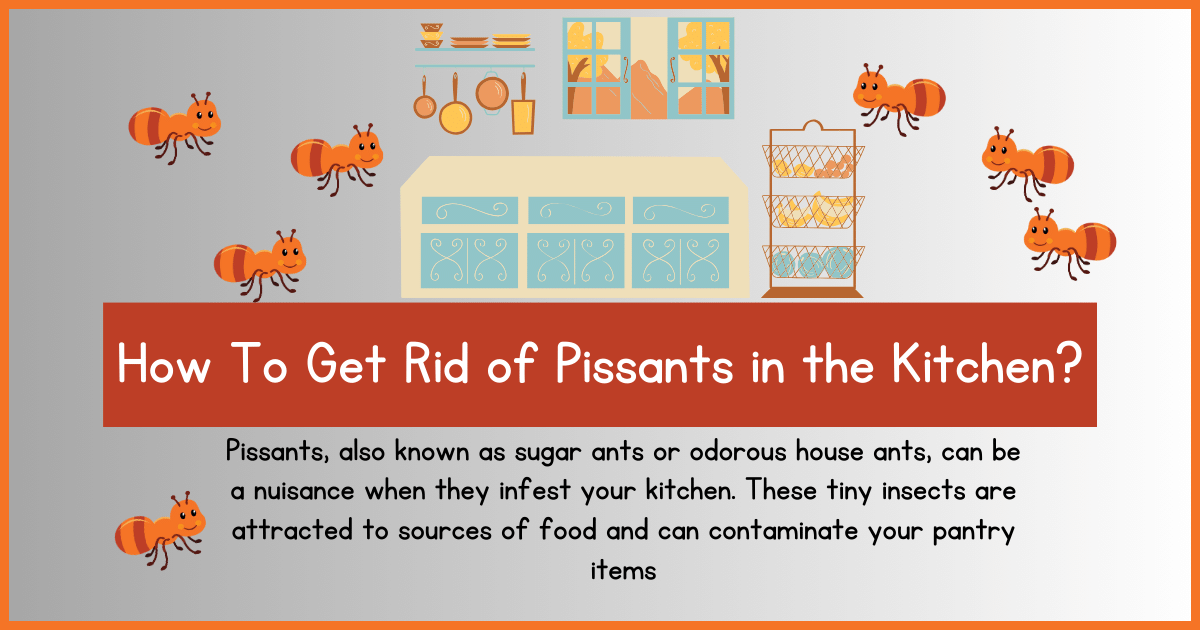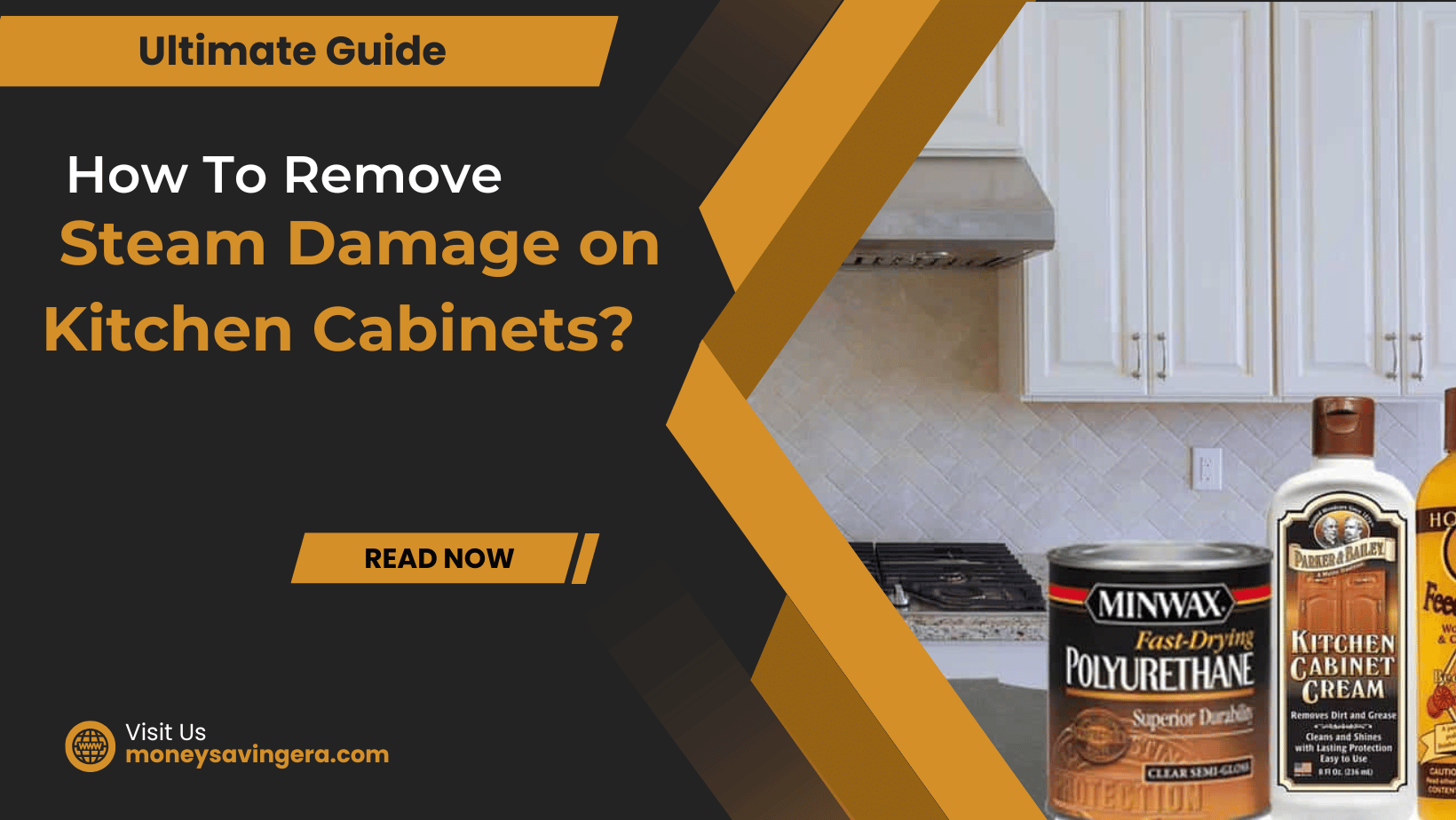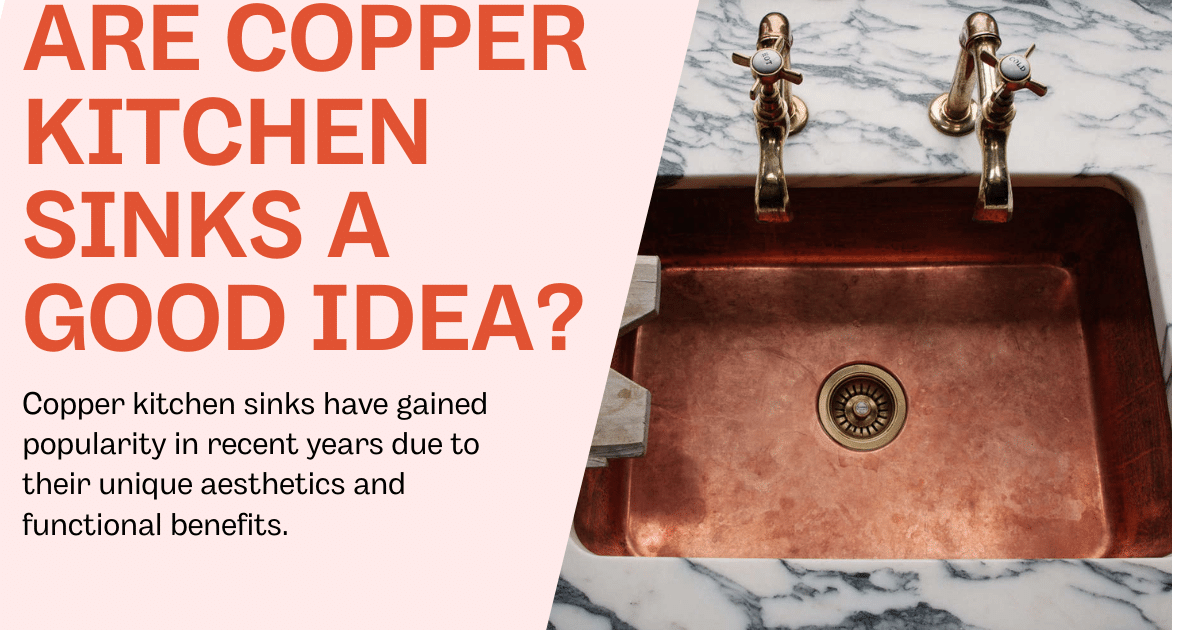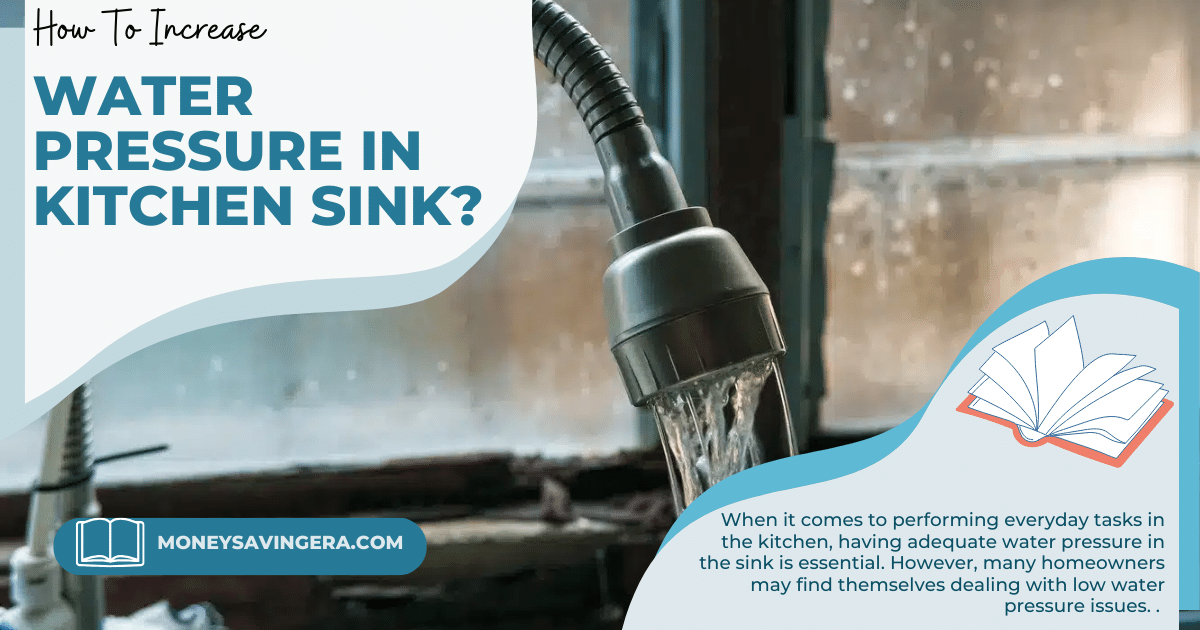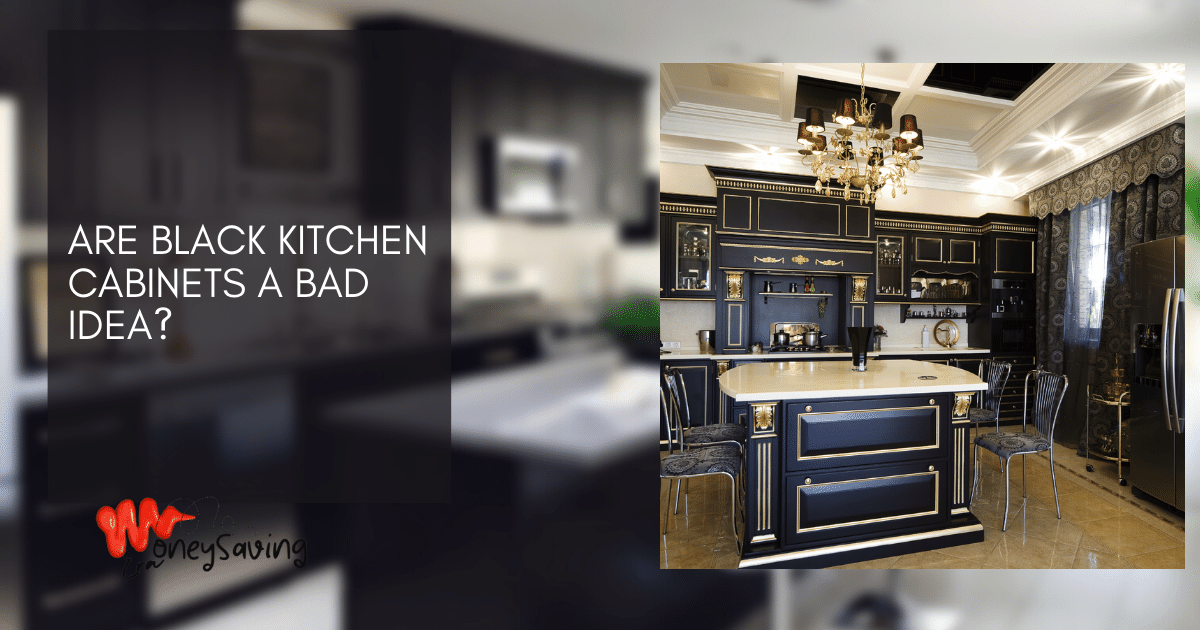The kitchen table is often the centerpiece of the home. It’s where families gather to share meals, do homework, play games, and spend quality time together. Choosing the right tabletop material is crucial to creating a surface that is durable, easy to clean, and enhances your kitchen’s style. Laminate is one of the most popular options for kitchen table tops today. Here is an in-depth guide to understanding kitchen tabletop laminates.
What is laminate?
Composition and Manufacturing
Laminate is a versatile synthetic material made up of layers fused together under heat and pressure. The core layer is usually particleboard or medium-density fiberboard (MDF). Decorative paper layers containing printed patterns are then layered on top of the core. A clear melamine resin and overlay paper are added to create a protective, scratch-resistant surface.
The layers are pressed together under pressures exceeding 1,000 pounds per square inch and temperatures reaching 300°F. This fuses the layers into a durable, integrated laminate sheet. These sheets can then be glued or mechanically fastened onto core substrates like particleboard to create countertops, tabletops, furniture, and more.
Features and Benefits
Laminate offers many benefits that make it a popular choice for kitchen table tops:
- Durable and scratch-resistant surface
- Easy to clean
- Resists stains, spills, and moisture
- Wide variety of colors, patterns, and textures
- cost-effective compared to solid wood or stone
- Easy to install, replace, and repair
Laminate’s layered composition makes it much more resistant to damage than solid wood. The fused melamine resin creates a protective barrier that can withstand years of regular use. It’s an ideal material for busy kitchens that see a lot of dining and entertaining.
Types of Laminate Finishes
There are a few main types of laminate finishes, each with their own properties and best uses:
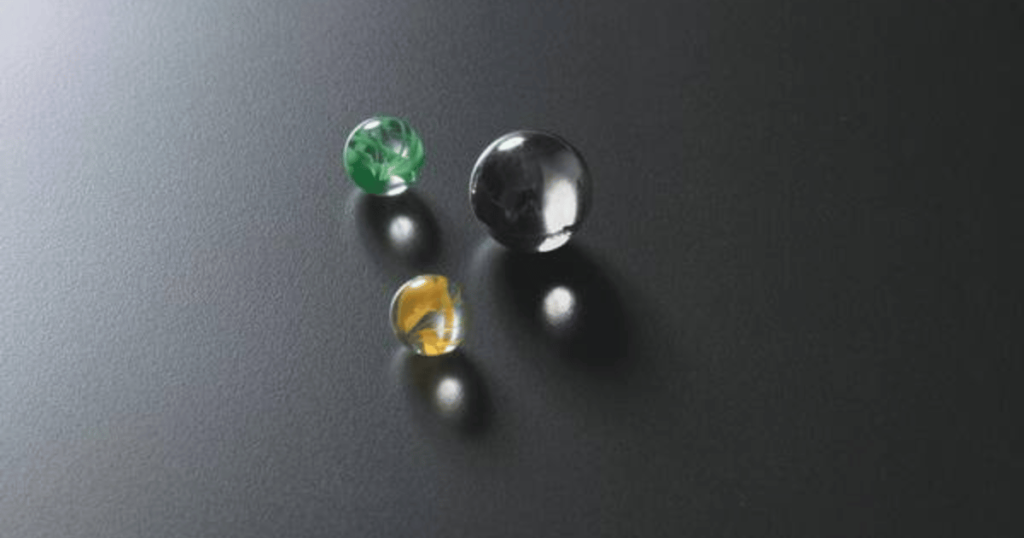
Matte
This smooth, non-glossy finish has a classic, understated look. It resists fingerprints and glare. Matte laminate is prone to visible scratching over time. This finish is ideal for casual kitchens.
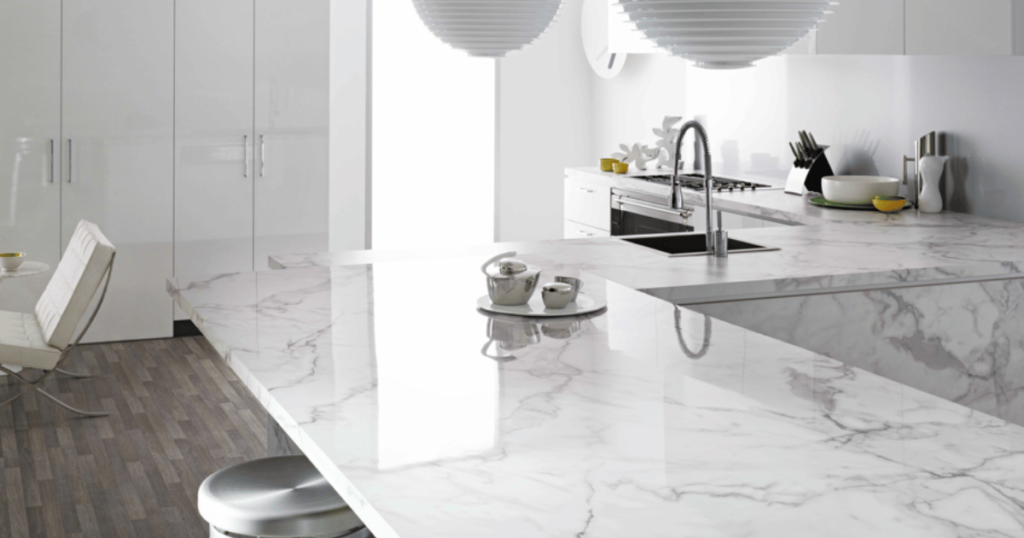
Gloss
Gloss laminate has a shiny, reflective surface that creates depth and accentuates colors and patterns. It’s more prone to showing fingerprints and water spots. Glossy laminate holds up well when properly cleaned. This finish adds flair to modern or contemporary kitchens.
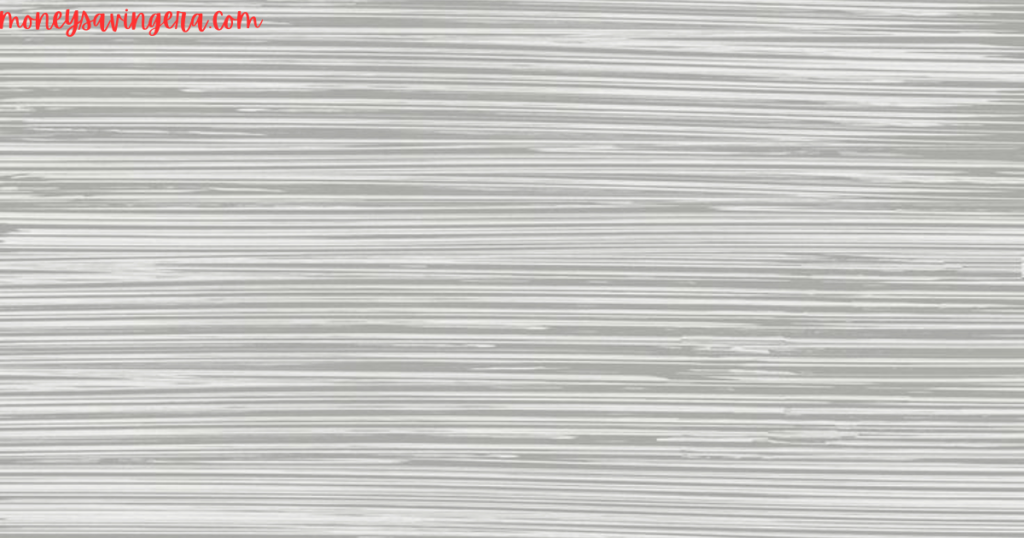
Textured
Textured laminate has an embossed surface that can mimic wood grain, fabric, or other surfaces. Textured finishes hide scratches and fingerprints extremely well. They add noticeable visual and tactile interest. A textured laminate top brings warmth and dimension to rustic or cottage style kitchens.

High Wear Resistance
Some laminates have extreme wear-resistant technology designed for high-traffic commercial spaces. This laminate can withstand scuffs, scratches, and cleaning chemicals better than standard residential laminate. It’s a smart upgrade for busy households prone to wear and tear.
Choosing Colors, Patterns and Textures
One of the biggest benefits of laminate is the wide range of available colors, patterns, and textures. With technology that essentially allows any image to be imprinted onto laminate, the options are nearly endless. Here are some ideas and trends to consider:
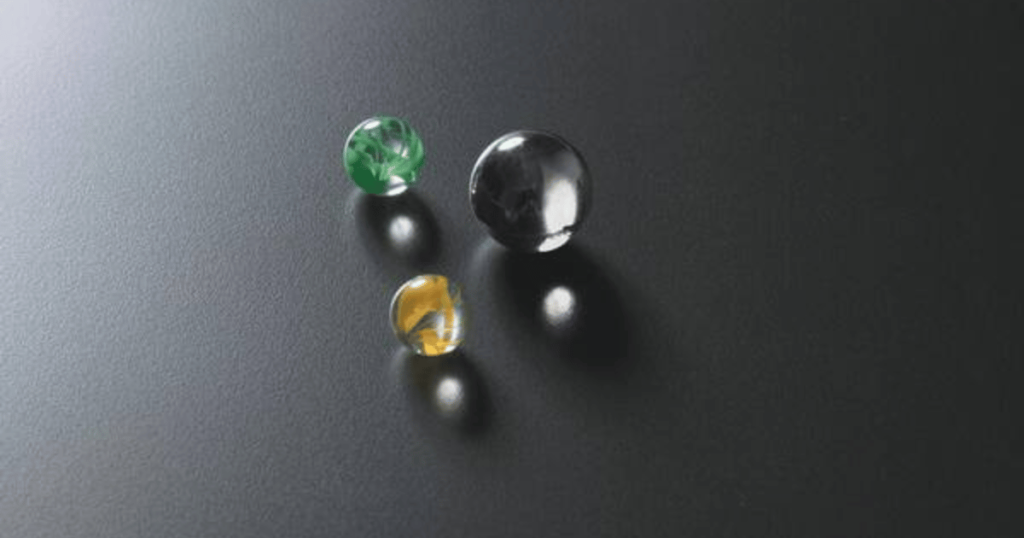
Solid Colors
From basic black, white, and beiges to bright primaries and bold hues, solid color laminate allows you to infuse your kitchen with on-trend color. Matte finishes work best for modern single colors.
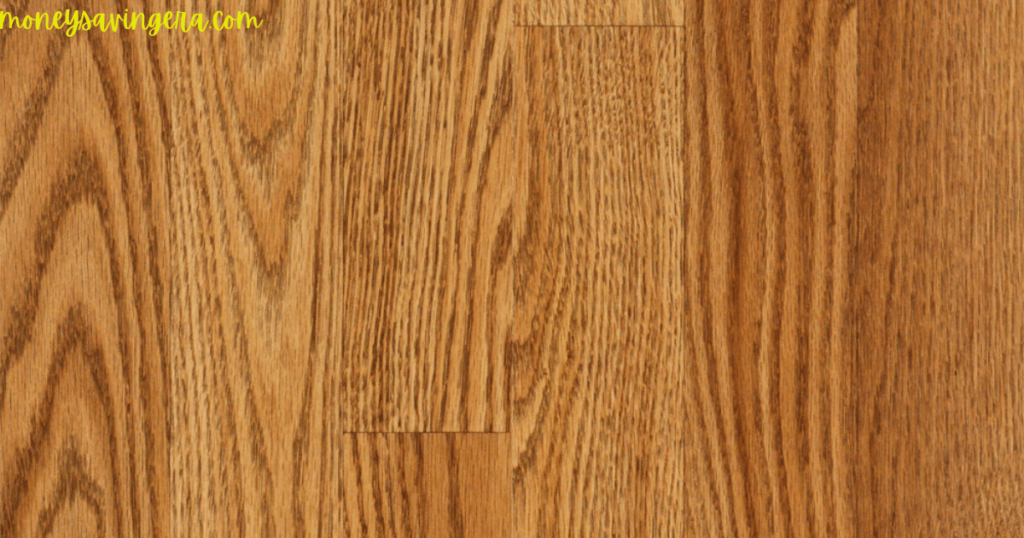
Wood Looks
Warm wood grain patterns like oak, cherry, and exotic woods bring natural visual interest to any kitchen. Different gloss levels can mimic aged or painted wood looks. Distressed wood textures add to the rustic effect.
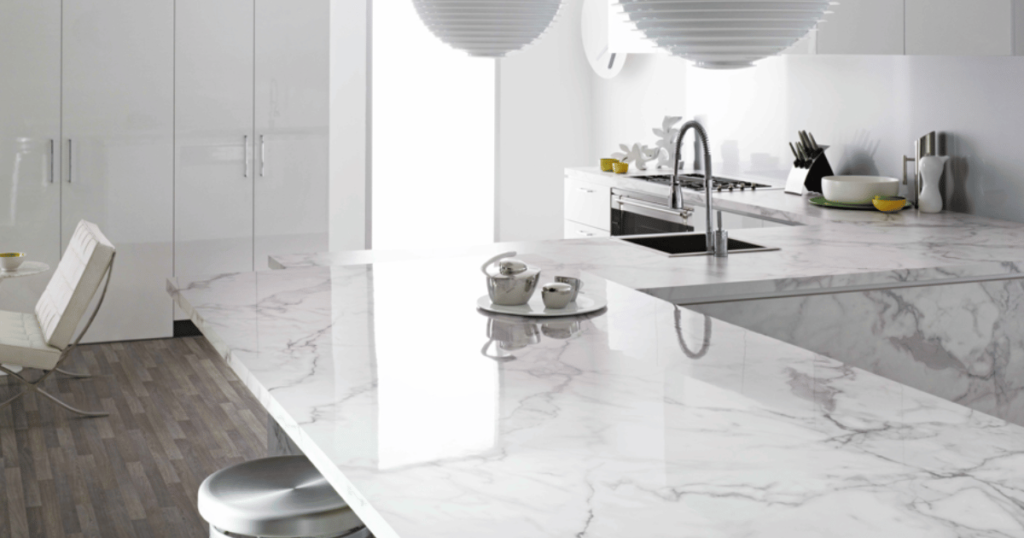
Marble and Stone Patterns
Marble laminate instantly classifies a kitchen with the look of natural stone at a fraction of the price. Metallic, sparkly and veined marble finishes create depth and elegance. Pair with gloss for an amplified effect.
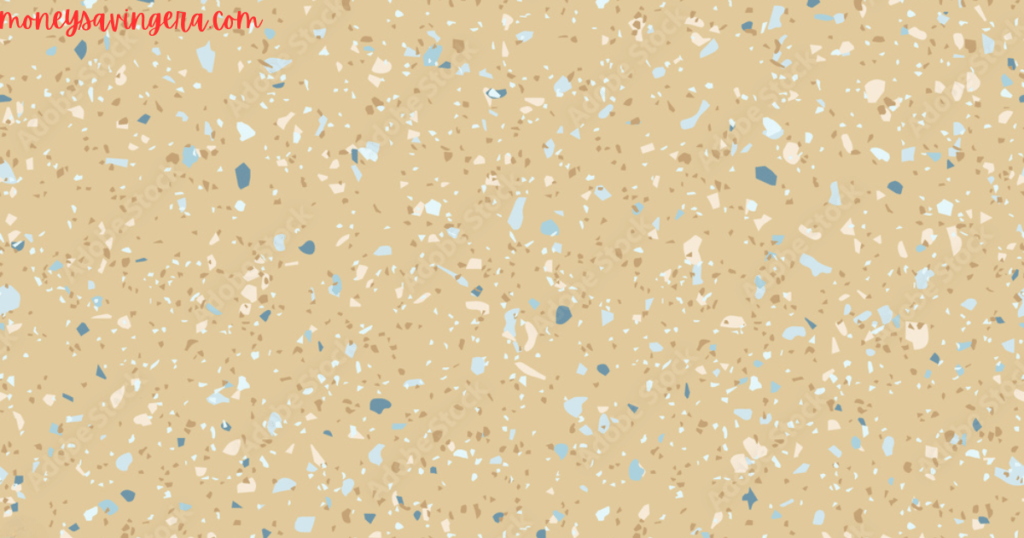
Concrete and Organic Patterns
The industrial chic look of concrete, slate, and oxidized metals is in style. Organic textures like white linen or burlap weave also bring calming natural texture to kitchen tables. Matte finishes enhance the authentic vibe.
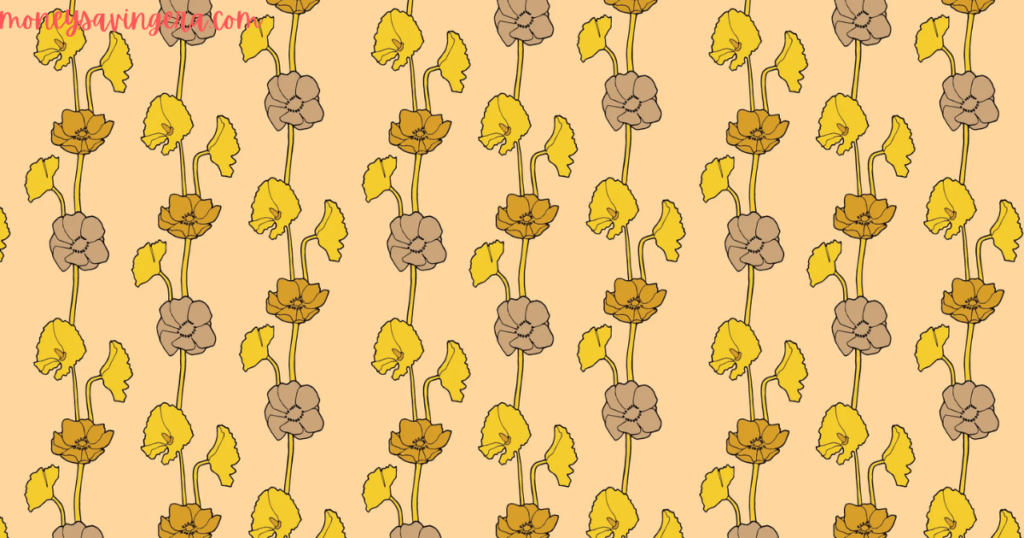
Retro Prints and Patterns
Vintage-inspired prints offer a fun retro flair. Checkered prints, diner-style patterns, and bold geometric designs infuse playfulness. The gloss finish creates a shiny diner tabletop effect.
How to Choose the Best Laminate for Your Kitchen
Choosing the right laminate requires considering your kitchen’s existing features and decor style. Here are some tips for selecting the perfect laminate tabletop:
- Match the color and style to your cabinetry, hardware, flooring, and any backsplashes for a cohesive effect.
- Consider gloss level: glossy for modern spaces, matte or textured for rustic styles.
- Durability matters; opt for commercial-grade high-wear resistance if you plan to put the table through tough use.
- Complement any natural materials, like wood or stone accents, using coordinating laminate patterns.
- Let the laminate make a statement by using it to infuse bright colors or bold patterns into a more neutral kitchen.
- Opt for textured laminate on smaller kitchen tables to add visual impact when space is tight.
- Choose light colors and matte or textured finishes to hide fingerprints and water spots from everyday use.
- Get creative and customize a laminate pattern for an eclectic personal touch using photos or artwork.
Take home laminate samples and see how they pair with your kitchen before deciding. Order samples online or from local laminate suppliers.
How to Care for and Clean Laminate Table Tops
Laminate is designed to resist scratches, spills, and stains. But proper cleaning and care will keep your table looking like new for decades. Here are some tips for caring for laminate tables:
Use Coasters and Placemats
Placemats and coasters protect the surface from hot items that can scorch or stain the laminate. They also prevent scratches and marks from plates and cups.
Clean Spills Promptly
Promptly wipe up any spills using a damp cloth and mild soap if needed. Avoid abrasive cleaners. Disinfect with spray cleaners approved for laminate. This prevents stains from setting in.
Use a Dry Eraser on Marks
For dried on food, dirt or marks, gently rub the area using a whiteboard eraser or dry erase marker to lift residue without damaging the laminate.
Straighten Warped Areas with Heat
For spots that become warped due to excess moisture, use a hair dryer on low setting to gently re-soften and straighten the laminate.
Avoid Harsh Chemicals
Clean using gentle dish soap, mild vinegar solutions or steam. Avoid corrosive products like oven cleaners, acids, tub & tile cleaners or abrasive compounds.
Seal Edges
Apply silicone caulk along the edge seams if moisture seeps between laminate layers to prevent swelling and warpage.
With proper care, your laminate tabletop will resist scratches, stains and moisture damage. Follow these tips and your kitchen table surface can stay looking fresh for many years.
Laminate Table Top Brands and Manufacturers
Many top brands offer quality laminate products with warranties of 10 years or more against defects, staining and wear. Here are some well-known laminate table top manufacturers to consider:
- Formica – The iconic, century old laminate brand offers extensive colors, patterns and performance options. Made in the USA.
- Wilsonart – Another leading US laminate company with wide range of finishes and textures. Known for durability and stain resistance.
- Pionite – Offers over 500 laminate patterns plus matte, textured and gloss options. Good performance at lower price points.
- Arborite – Manufactured by Wilsonart, Arborite products feature recycled wood fiber cores. More eco-friendly.
- Panolam – Known for high wear-resistance and glossy “hygienic” laminates designed for heavy use.
- Fletcher – UK brand with trend-driven textures and patterns like metallic and distressed wood looks.
- Abet – European laminate maker popular for wood grain patterns and matte texture options.
Always look for reputable brands tested to meet or exceed NEMA LD3 standards for recommended laminate thickness, durability, and construction quality. Locally made laminates are readily available, but quality varies more widely.
Laminate vs. Other Table Top Materials
Laminate has pros and cons compared to other table top materials like solid wood, engineered stone, tile or acrylic. Here’s how it stacks up:
Laminate vs. Solid Wood
- More affordable than most solid woods like oak or maple
- Wider variety of colors and patterns than wood grain alone
- Resists scratches, spills and moisture better than unfinished wood
- Easier to clean and maintain than wood
- Not susceptible to wood movement – won’t crack or warp like solid wood
- Wood can be refinished, laminate cannot be resurfaced
Laminate vs. Engineered Stone (Quartz)
- Laminate is roughly half the cost of quartz
- Quartz has natural stone appearance, laminate looks more synthetic
- Laminate comes in more colors and variety of patterns
- Quartz resists scratches and stains better than laminate
- Laminate is easier for DIY installation than quartz
- Quartz handles heat better and won’t bubble or peel from hot pans
Laminate vs. Porcelain Tile
- Laminate sheets are much easier and faster to install than tile
- Grout lines make tiles harder to keep clean than seamless laminate
- Laminate comes in more colors/patterns than porcelain tile
- Tile is naturally more heat, scratch and stain resistant
- Replacing a damaged tile is easier than replacing laminate sections
Laminate vs. Acrylic
- Laminate is about 30% less expensive than acrylic like Corian
- Acrylic can be fully bonded for seamless looks not possible with laminate
- Laminate has more options for patterns and colors
- Acrylic resists scratches, heat and stains better than laminate
- Acrylic can be refinished, laminate cannot
Weigh your priorities – appearance, ease of care and cost – when choosing between table top materials. Laminate offers an excellent balance of durability, customization and affordability. With proper selection and care, it can be a long lasting and stylish kitchen table top material.
Here is a conclusion and FAQ section to complete the article:
Conclusion
Kitchen table tops see a lot of action and need to hold up to daily life. Laminate offers an ideal mix of advantages as a tabletop surface. Its durable, scratch-resistant layer can take spills, heat, cleaning and scratches in stride. The variety of colors, patterns, finishes and prices means laminate can suit any style kitchen on any budget.
Unlike more high-maintenance natural materials, laminate retains its beauty without needing frequent sealing or polishing. With proper selection and care, a laminate topped table can serve as the gathering place for family and friends for many years to come.


